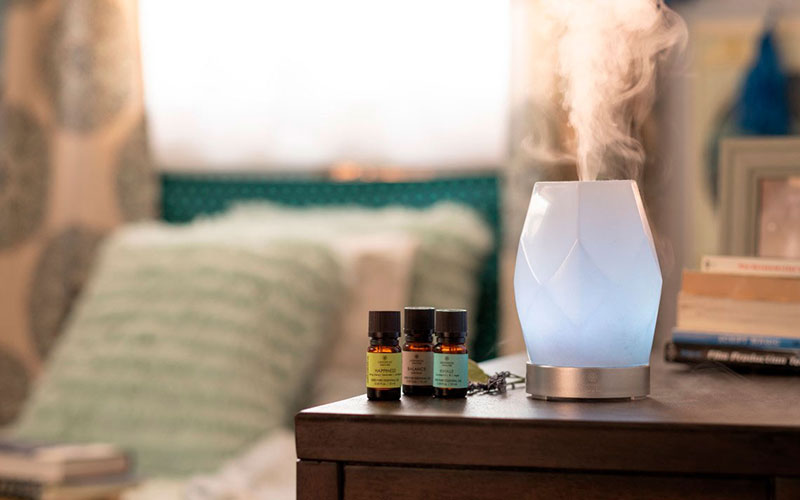 A Humidifier is a device used to increase the amount of humidity in the air or environment; allowing a healthy and optimal environment which prevents the proliferation of diseases and other types of agents that can harm our health.
A Humidifier is a device used to increase the amount of humidity in the air or environment; allowing a healthy and optimal environment which prevents the proliferation of diseases and other types of agents that can harm our health.
The humidifier carries out a process of evaporation or nebulization of the water that is stored inside it, to achieve this there are different techniques depending on the type of humidifier that is being used.
Where are Humidifiers used?
In general, humidifiers are used during the winter season, since an adequate amount of humidity in the room allows avoiding the typical respiratory diseases of this period of the year, such as the common cold and pharyngitis. Also, once infections are present, humidifiers can be helpful in relieving bothersome symptoms.
Most of the time they are used in homes, hospitals, hotels and laboratories since they must have a specific and controlled humidity. When we have the humidity controlled at the same time we are regulating the air conditioning of the house since the pressure of the environment changes. It is especially used to restore the level of relative humidity when in summer the increase in temperature produces a decrease in it.
Humidifiers are also used in large industries to prevent the accumulation of static electricity, to preserve materials and ensure a healthy environment for workers.
Humidifiers are very useful in museums where works of art, oil paintings, sculptures and fabrics must be preserved. In the paper industry, that is, where the paper is manufactured, humidity is also regulated to avoid contractions and curvatures in the paper.
Basically there are three types.
- Cold Humidifiers (ultrasonic)
- Warm humidifiers (electrodes)
- Warm Humidifiers (evaporation)
Vaporizer Humidifiers. They produce hot water vapor, are used to release steam and moisture into the air.
Ultrasonic Humidifiers are super quiet and produce micro mist particles that remain suspended in the air for longer.
